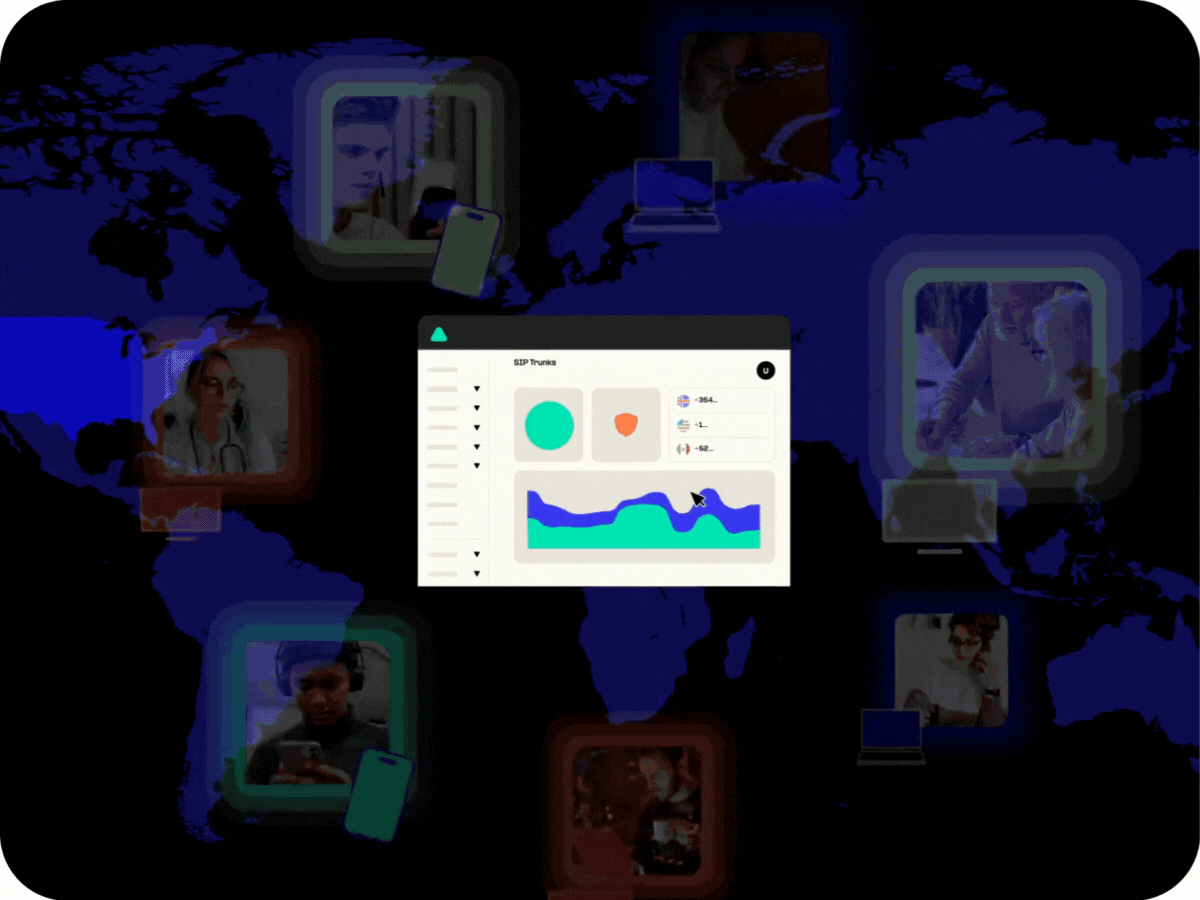













WHY TELNYX?
All-in-one Voice AI solution for insurance
Host AI models, convert speech-to-test, route calls globally — all from one platform. Telnyx combines core voice infrastructure with advanced AI tools. Simple, secure, reliable, scalable and expertly supported. Connect directly with policy and claims systems to automate triage, policy changes, claim reporting and provide 24/7 support.
Resources
Why insurers are replacing IVRs with Voice AI
When done right, conversational AI doesn’t just replace IVR. It delivers a whole new level of service. Discover how.
5 benefits of AI claims processing in insurance
AI-powered voice automation for insurers offers a practical way to improve speed and efficiency without increasing call center headcount. Learn 5 practical benefits for insurers.
Developer documentation for no-code voice assistant
Dive into the technical docs behind Telnyx’s no-code assistant platform and explore how to customize logic, prompts, and call handling.





